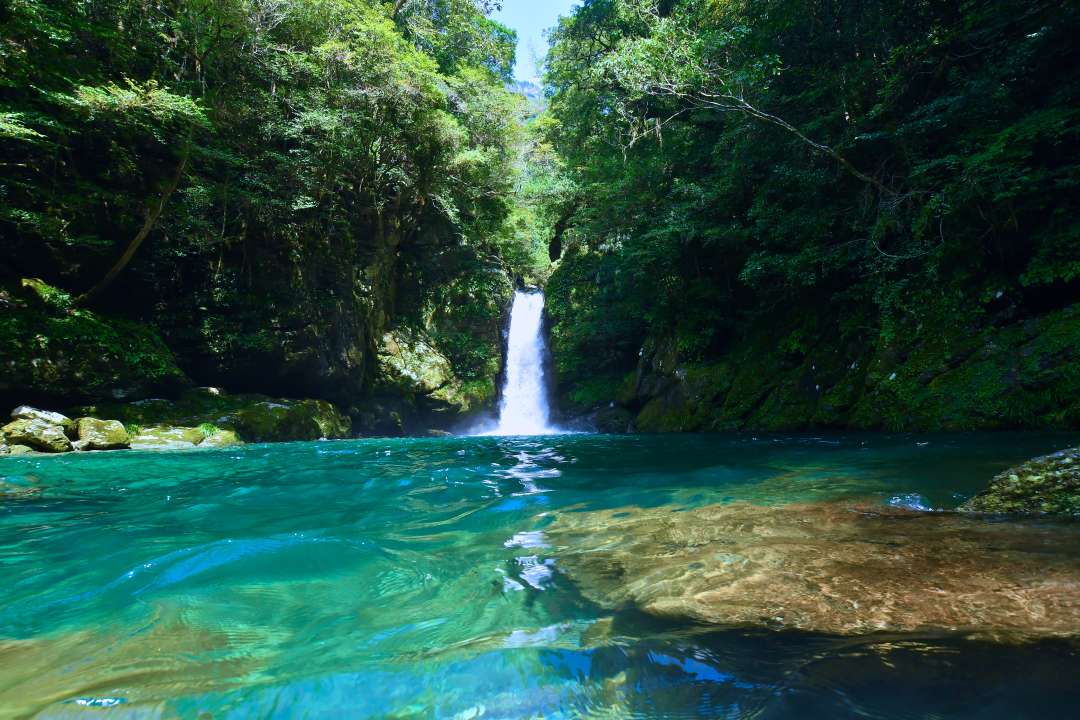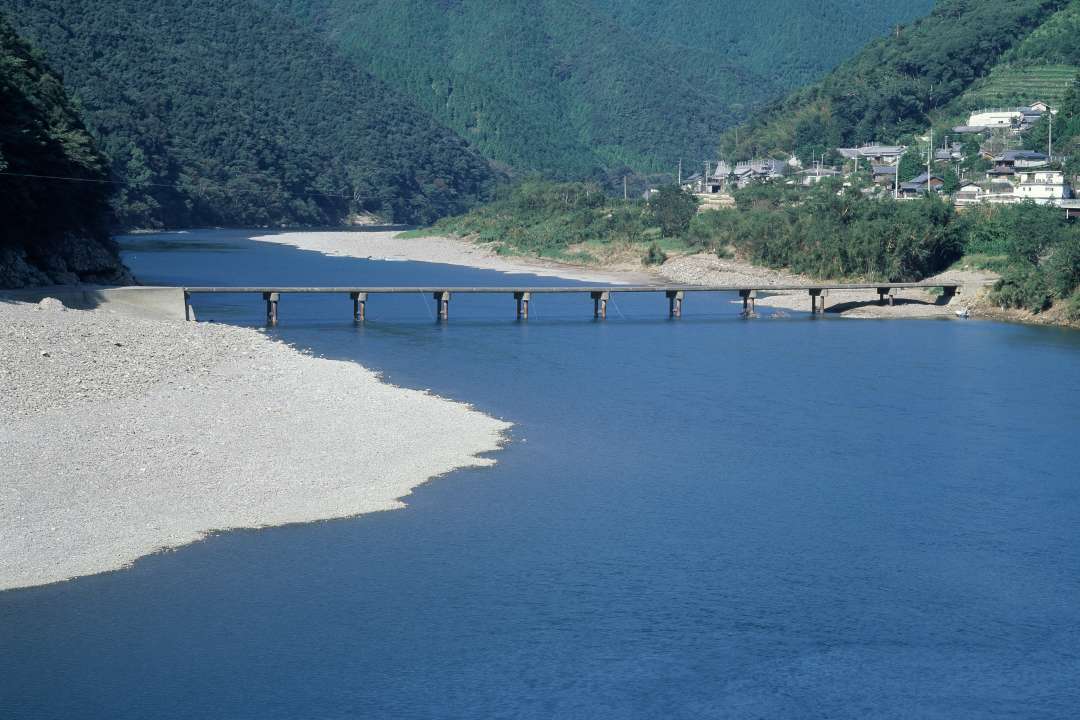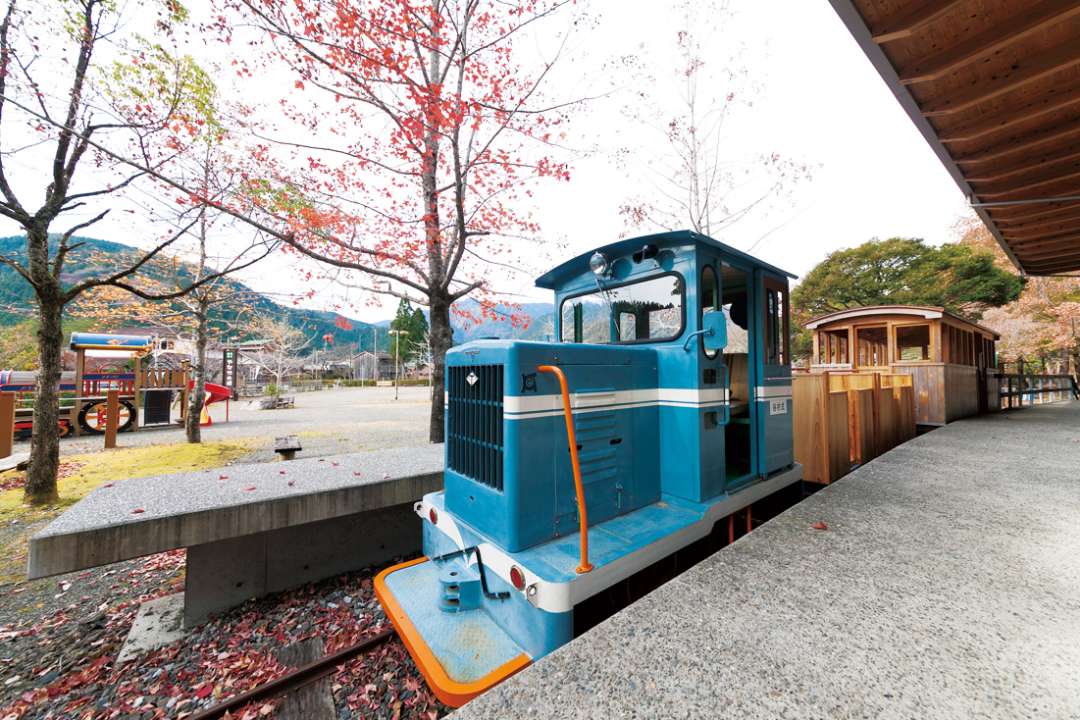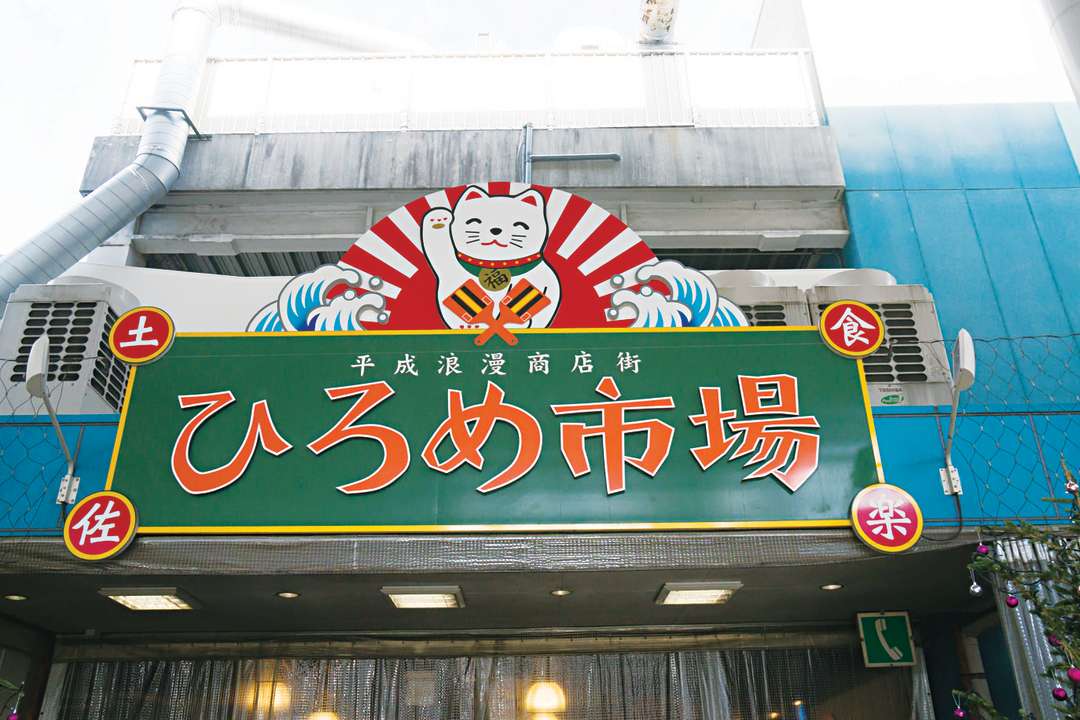
Located on Japan’s smallest of its four main islands, Kochi is on the southern portion of Shikoku, facing the Pacific Ocean. Abundant with nature and having one of the few original castle structures remaining in Japan, Kochi Prefecture might be small, but it is big with character. So grab a tasty yuzu and let’s learn a bit about what you can do in Kochi Prefecture.
Kochi Castle
Kochi Castle is one of four castles that have kept their keeps intact on the island of Shikoku. With 12 in total all across Japan, it is amazing that although Shikoku is the smallest of the main islands, it still has one third of all the original castles. Where Kochi Castle stands out even more is the fact that it has an original castle tower and keep, while many others only have their original keeps. Kochi Castle dates back to the first years of the 17th century, built to look over Kochi City. The expansive grounds give you great views of the city below, and many blooming cherry blossoms in spring light up the whole area in pink.

Near the castle are also a few different museums, such as the Kochi Castle Museum of History, or the Prefectural Archery Hall. Make sure to take your time exploring all the ins and outs of the castle, discovering the many unique features and concealed corners in it. You enter through the Otemon passing crevices once used to deter invaders and other unwelcome guests. If you are interested, guides can also be arranged to help you learn even more about the castle as you explore it.
Niyodo River and Nakatsu Gorge
Venturing outside of the cities, you can find some of Kochi’s wonderful nature. Located to the west of Kochi City is the Niyodo River, snaking its way through mountainous terrain. Weaving through Nakatsu Gorge, the blue hue that the water takes on in this area is known as ‘Niyodo Blue.’ The river weaves through the prefecture for more than 120 kilometres, and there are various hiking paths that you can explore that will let you see the beauty of the river up close.

The waterfalls in the river are also unmissable, such as Uryu Falls that cascades down between the rock faces. If you are keen to get even more up and close to the water and the rock, you can sign up for canyoning tours that operate in the area. Canoeing, paddleboarding, and rafting experiences are also available. A year round spectacle, the autumn colours that spring out during the latter parts of the year are some of the best times to visit. Nevertheless, a summertime escape and cooldown from the heat is another perfect reason to visit.
Shimanto River
Continuing on with the beautiful natural scenery of Kochi is the Shimanto River. Further to the south in the prefecture, the Shimanto River has the feature of being the longest river in Shikoku, at just under 200 kilometres. You can walk alongside the bank of the river as it meanders its way toward the Pacific Ocean, taking in all the sights and sounds of the area. The river flows through the town of Shimanto on its way to the ocean, you’ll also notice that there are many bridges spanning the river, designed to be resistant toward rising waters and flooding. On the riverbank, there are also many campsites that would be a perfect spot to pitch a tent for the night. Outside of camping, if you are keen to get on the water, you could board a local houseboat, or even try your hand at canoeing or paddleboarding. Fishermen will also be dotting the landscape, using traditional techniques to catch sweetfish and other delicacies.

As the river terminates at Shimanto and the Pacific Ocean, it is also worth trekking the opposite way, to the source of the river in the town of Tsuno. Located deep in the forests, yet only a short walk from the trailhead is where the Shimanto River begins, the very beginning of the river is found on Mt. Irazu. While it is quite remote in the mountains of Kochi, seeing the start of the longest river on the entire island is an experience in itself.
Yuzu
Similar to Ehime Prefecture and their fame with mikans, Kochi Prefecture’s claim to citrus fame is the yuzu. A relatively acidic citrus fruit, used in every type of cooking you could think of, Kochi Prefecture is the largest producer of yuzu in all of Japan. Perfect to add a little hint of citrus in a dessert or meal, yuzu is also used in sushi in parts of Kochi. Instead of vinegar, which is used for most sushi rice, ‘inaka-sushi uses yuzu, with various vegetables placed on top of the rice. If you are keen to get up close to yuzu production, you can visit a factory in Umaji, a town well known for its yuzu and citrus production. You can also ride the Yanase Forest Railroad, a historic railroad that once transported lumber throughout the area.

While the town may have a population of less than 1000 people, the hospitality and experiences will make you ready to come back time and time again. You’ll have the opportunity to try out yuzu infused food, including the popular drink Gokkun Umajimura, made of honey, yuzu, and water. Nearby Kitagawa Village is also well known for its yuzu, located slightly to the south of Umaji. Wandering around the roads and seeing the groves and groves of yuzu will make you want to stay even longer. You could even pair your trip to Kochi with one to neighbouring Ehime to try some delicious mikan as well!
Yosakoi Festival
After indulging yourself in all the yuzu you can eat, you can attend the Yosakoi Festival, held every August in Kochi. The festival is characterised by energetic dance performances by teams of dancers from all across the country, and even the world. The music is based on a traditional folk song and each team brings different costumes and routines to the festival, making every performance unique. There are multiple venues all across the city where you can see the dancers, some are competitive while others are more relaxed. People even have the chance to join in on some of the dancing, as some teams welcome walk-ins.

The Kochi Yosakoi Museum in Kochi City is also another wonderful spot to visit to learn more about the popular festival. You can learn some of the dances performed during the festival, and even try your hand at creating some of the clappers, called ‘naruko’, that participants all use. While the festival is mainly held on August 9th to the 12th of every year, there are opportunities the rest of the year to see and experience the dances, so worry not if you decide to travel outside of the season!
Hirome Market
After all of these experiences, seeing beautiful landscapes, nature, and exploring the prefecture, what better way to finish off a trip than wandering the streets of Hirome Market, and indulging in even more delicious food. With tables set up all around the market, and right in the middle of the city, Hirome Market is the perfect spot to begin or end your Kochi trip. You’ll have the opportunity to find any and all prefectural delicacies, from seared bonito to the yuzu infused ‘inaka-sushi’. Whether it is day or night time, you can find whatever your stomach might be hungry for. With plenty of tables and seating, a common practice in the market is to share a table with a fellow diner, it can be a great way to meet locals and make new friends. The market is generally open until 11PM, with occasional closures throughout the year for holidays. If you are ever hungry for anything, Hirome Market is the place to be!

Kochi Prefecture, like the rest of Shikoku, has a huge amount of stunning places to see and things to do. No matter when you go, if you are after the autumn leaves or cherry blossoms, there is no wrong time to visit Kochi.
To stay up to date with all the latest happenings in Japan follow us on Facebook or Instagram!

















































